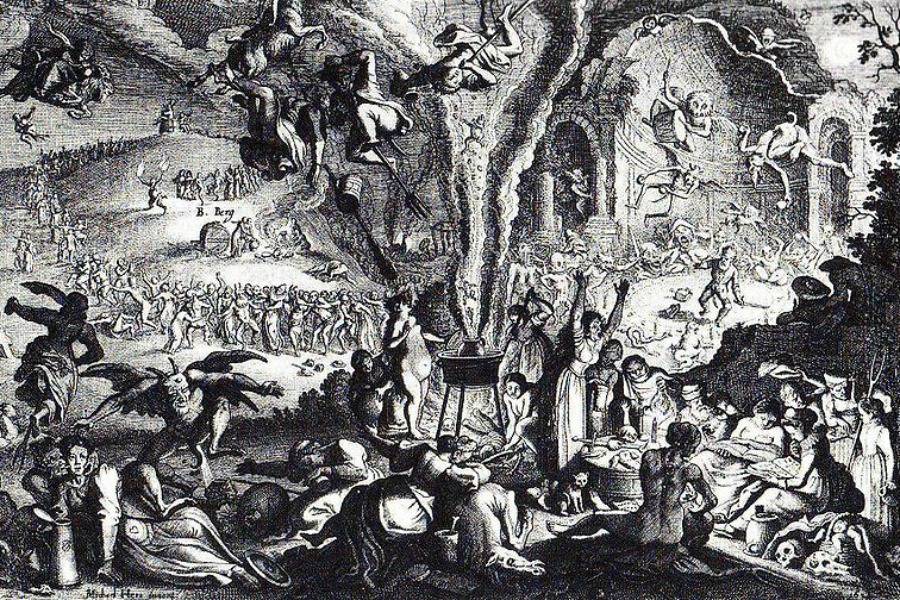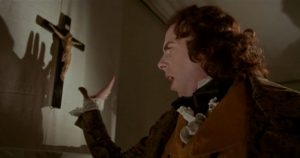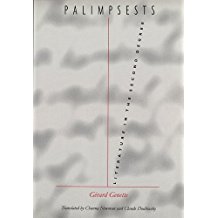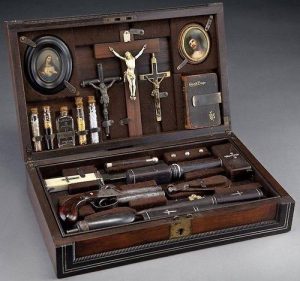
I know I’ve posted this previously, but I made some slight changes and additions–my poem celebrating OGOM and Gothic Studies and general witchiness:
Night of the Gorgeous Goth Girls: A Paranormal Romance.
(for Sam George, Alison Younger, and their students of the Gothic at the Universities of Hertfordshire and Sunderland)
Under a gibbous and gory moon
The Gorgeous Goth Girls gyre and gimble,
Gliding gaily to gloomy tune
With graceful sway and gait that’s nimble.
Their eyes adorned with artful shade,
Glad-ragged in black, lips daubed with mauve;
Transforming all that moonlit glade
Aesthetically, those Goth Girl fauves.
Witches all, with body parts
And occult herbs they craft their spell;
Imagination and dark arts
Create a heaven from savage Hell.
Hence three-faced Hekátē, through hexes
Etched in the air with argent fire,
Breathes lucid commerce among the sexes,
Inspiring a colloquy of desire.
Then, demon lovers from leafy wood,
Or leaping from the leaves of books,
Are stirred alive with boiling blood,
Enchanted by those glamouring looks.
Come icy Ruthven, cool Carmilla,
Lurching zombie, Giaour, and ghoul;
Spike and Angel, crazed Drusilla—
Glittery Edward’s here from school.
Barnabas and Scissorhands,
L’Estat, Ligeia, Yog-Sothoth;
Goblins, elves from Faerie lands
Salute the troupe of Gorgeous Goths.
The Count himself, three sultry brides;
Galvanic monster and his wife;
Pale warriors, werewolves, Mr Hyde:
All celebrate that Blood is Life.
And oh! What music they do make!
With gut and reed and rattling bones,
Wild revels like some Celtic wake
Resound with eerie, plangent tones.
The Girls gavotte with gay cadavers,
Goat-men, mermen, incubae,
Who quicken in the danse macabre
And ululate with ghostly cry.
The music dies; the feast begins
With tender flesh laid out to bite
The menu sings of luscious sins,
Enthralling curious appetites.
Such gleeful gusto! The gorgeous gluttons
Gulp goblin grapes and baneful berries;
Wolf glorious gateaux, goose and mutton,
With lusty wine from Naughty Man’s Cherries.
The greedy Girls explore grimoires
In search of threads that can be woven
Into stories spiced with noir
To spellbind all the Gothic coven.
All gather kindling and ignite
A bonfire which soon fiercely rages.
The visions in the flames incite
Wild tales inscribed on virgin pages.
Ceridwen flings into the brew
That simmers in her cauldron bright
Wild elements to create anew
The chaos of the sable night.
There’s pickled spiders, gall of goat,
Scale of dragon and basilisk blood,
Syllables torn from infant throat,
Distilled with Gothic womanhood.
Benighted ravens, owls, and bats
Around the Girls shape-shift and swirl,
While grinning glowing-green-eyed cats
Torment the air with eldritch skirl.
The spells are spurred by their familiars:
Wilful Willow and torpid Teddy;
Morticia, sleek, with ways peculiar
Gallant Gomez, Wednesday, Hedwig.
Matilda plots with Loridani,
Lilith, Mab, Medea, Glinda,
Bastet, Morrigan, fey Morgana,
Alice Nutter, and gypsy Wanda.
There Ali, Lianan-Sídhe, reveals
Bright secrets from the darkest lore.
Her students, with delighted squeals,
Learn tales of terror, lust, and gore.
Samantha, witch of Circe’s line,
Likewise from open graves uncovers
Charms, unfit for abject swine,
That open minds of bards and lovers.
Kaja, lycanthrope, uncoils
Her tale of animality,
Reveals her hybrid self embroiled
With carnal sociality.
Through Rachey’s stories summoned hence,
Beautiful monsters who transgress
Morality and common sense
Mask vice beneath cosmetic dress.
These narratives grip the Girls with awe
And animate a fierce resolve
To transcend gravity’s grim law:
Besmearing skin with chymick salve
That stings their bodies into flight,
And shivering with the fierce uplift,
The Gorgeous Girls soar into night
Astride a hog or besom swift.
Now howling giddily, drunk with glee,
They trace Agnesi’s sensual curves,
Describing paths that set them free,
Reborn in wild ecstatic swerves . . .
But now the cock crows dreary day
And Gorgeous Goth Girls must retire.
Spectral visions fade away;
Bells clang and banish dark desire.





